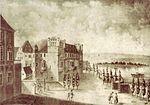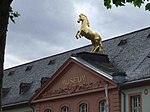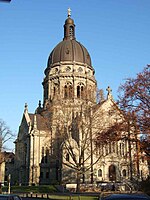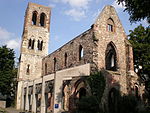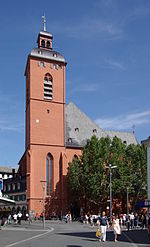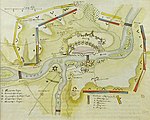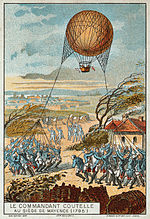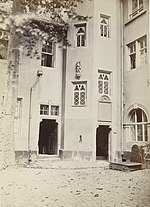Römisch-Germanisches Zentralmuseum
Archaeological museums in GermanyArchaeological research institutes in GermanyLeibniz AssociationMuseums in MainzOrganisations based in Mainz

The Römisch-Germanisches Zentralmuseum (RGZM), Leibniz Research Institute for Archaeology, is headquartered in Mainz. It is supported by the Federal Republic of Germany and its states and is a member of the Leibniz Association of German research institutions. The institution studies the Old World and its contact zones from the Stone Age to the Middle Ages. It consists of several divisions, and in addition maintains a permanent collection and through this and its numerous publications and conferences, disseminates the findings of recent research to the public.
Excerpt from the Wikipedia article Römisch-Germanisches Zentralmuseum (License: CC BY-SA 3.0, Authors, Images).Römisch-Germanisches Zentralmuseum
Ernst-Ludwig-Straße, Mainz Altstadt
Geographical coordinates (GPS) Address Nearby Places Show on map
Geographical coordinates (GPS)
| Latitude | Longitude |
|---|---|
| N 50.006111111111 ° | E 8.2697222222222 ° |
Address
Schloss
Ernst-Ludwig-Straße
55116 Mainz, Altstadt
Rhineland-Palatinate, Germany
Open on Google Maps

